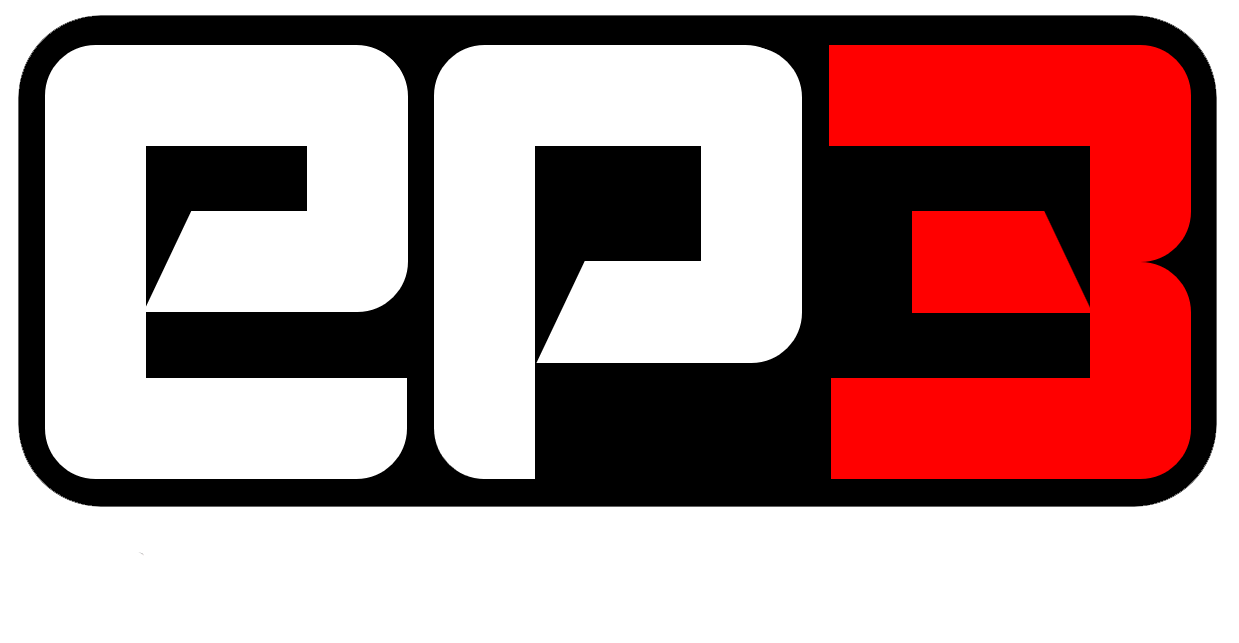The EP3 engineering team has supported several Asset owners and Operators with their operational requirements to handle and run subsea equipment.
The target goal being that the assets primary handling equipment is fully utilised with the support of mission specific interface frames and skids. The mission interfaces are typically required to be removable and are sympathetic to the existing handling equipment operation.
The process normally starts with a FEED study which will entail:
- Desktop review of the Assets handling equipment and their capabilities (this may include BOP skids, BOP cranes, BOP carriers, X-tree skids, riser tensioner system, conductor platform and Texas Deck)
- Desktop review of the Operators subsea equipment (this may include WPS, guidebase, Xmas Tree, protection canopy, EDP, LMRP, TRT, spider, HP riser and reelers).
- Vessel and equipment survey
Via a process of design reviews/consultations with the asset owner and operator the subsea equipment running sequence is conceptualised. The sequence is based on the most effective use of the Assets handling equipment (considering offline handling whenever possible and avoiding overside working).
From this process the FEED study and preliminary running sequence schematics are completed. It further facilitates preliminary design of the mission critical interface frames and skids.
The FEED study is presented to both Asset Owner and the Operator and this allows both parties an unobscured vision of the operational, technical and commercial efforts required. It further allows the Asset Owners and Operators operational teams to align expectations.
The outcome of the FEED is typically:
- Definition of the Engineering & Design scope of work
- Definition of the project budget and timeline
- Definition of the fabrication and installation scope of work
- Animation of the X-tree Running Sequence
This allows the Asset Owner and Operator a clarity of the full project scope,
